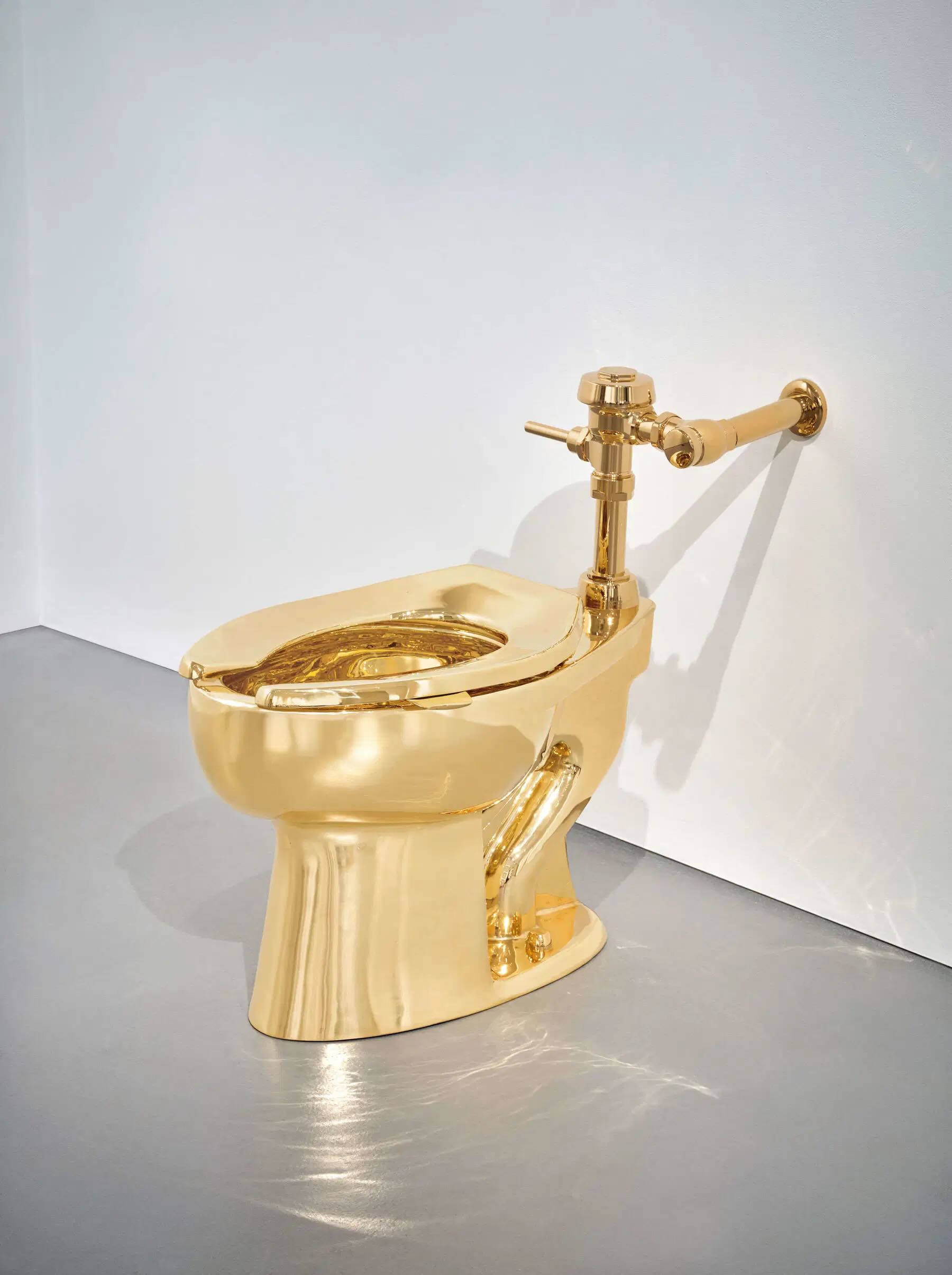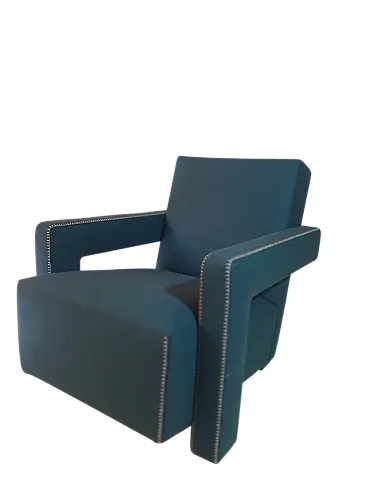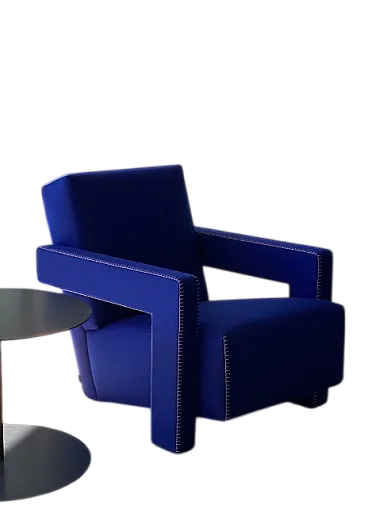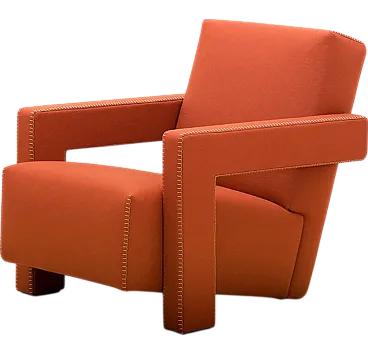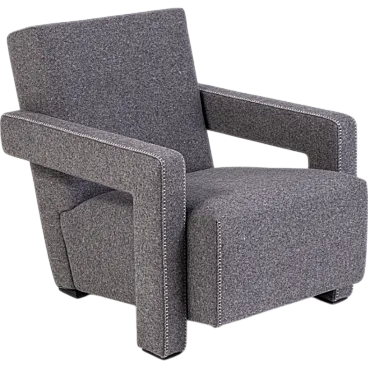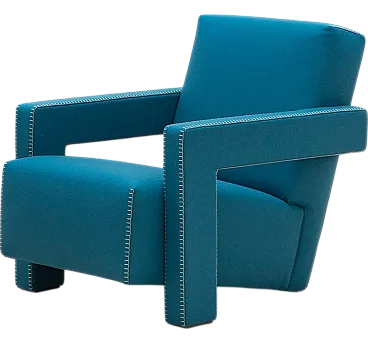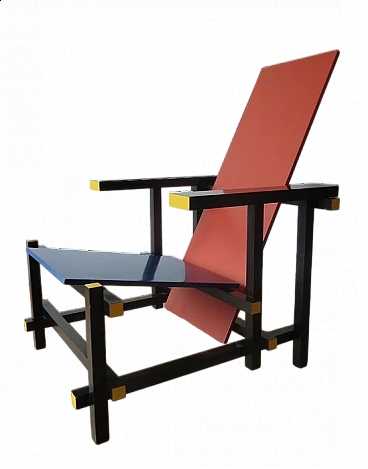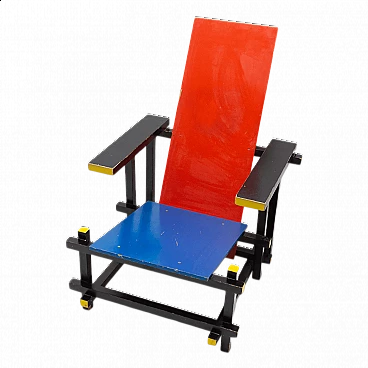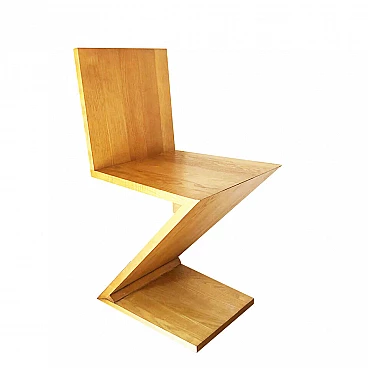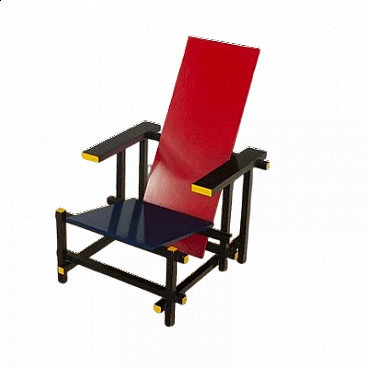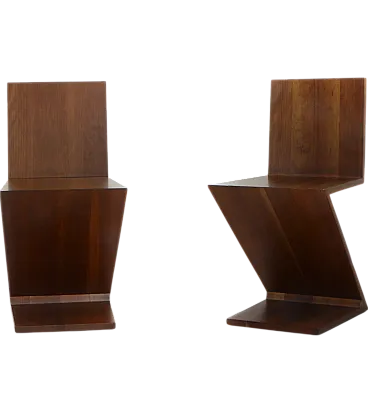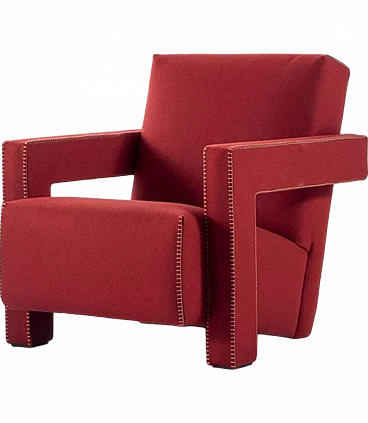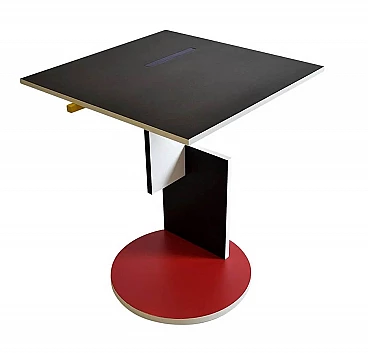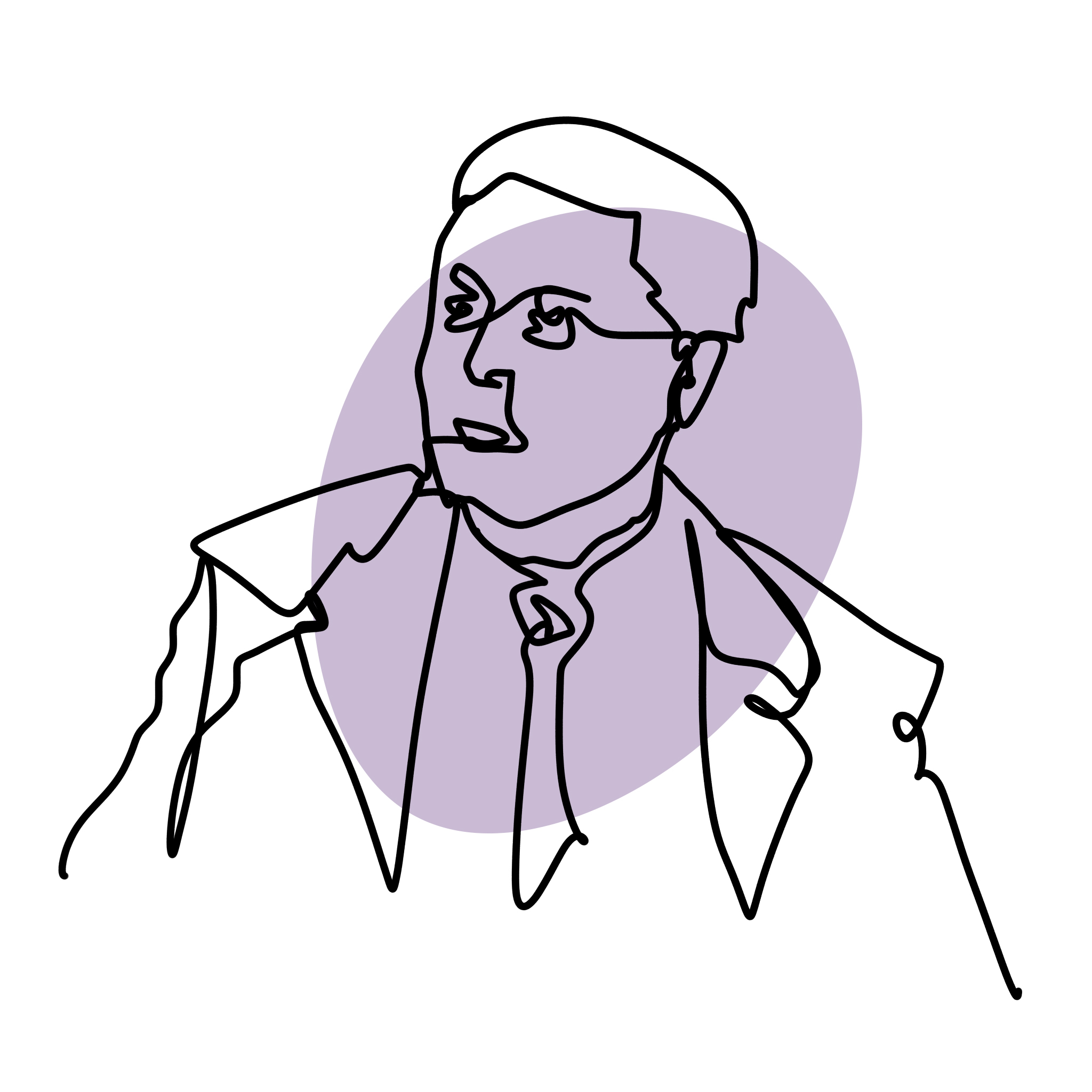
Gerrit Rietveld
The son of a carpenter, Gerrit Rietveld (Utrecht, 1888 – 1964) discovered his passion for design and architecture in his father's workshop. He continued his education by attending evening courses in architectural drawing at the Museum of Applied Arts in Utrecht, and by 1918, when he opened his first workshop, he had already designed his most famous work, Rood Blauwe, the red and blue chair (1917-18). This piece was inspired by the De Stijl movement, which emphasizes the use of elementary geometric shapes and primary colors to create pure and essential art. The principles of De Stijl are perfectly reflected in the architecture of the Rietveld Schröder House (1924), considered Rietveld's masterpiece. In the 1930s, Rietveld's style evolved towards a more pronounced rationalism, celebrated in works such as the Zig Zag chair and the building of the Van Gogh Museum in Amsterdam, completed after his death. The Dutch designer’s ability to unite form and function has left an indelible mark on the history of design.






.png)




